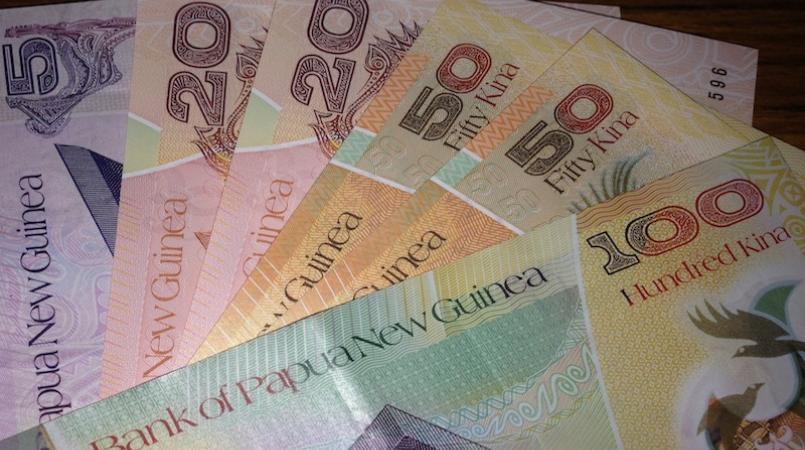
Annual total inflation has decreased by 5.8 percent, according to the Bank of PNG.
In its Quarterly Economic Bulletin for June 2017, the Central Bank says over the four consecutive quarters to June 2017, annual headline inflation trended downward.
Despite total inflation increasing for the June Quarter at 1.2 percent, compared to a 1.1 percent increases in the March Quarter, the Bank states that annual headline inflation continues on a downward trend.
The Bank further said this trend continued to September 2017 with annual inflation at 5.1 percent.
Governor Loi Bakani notes that despite the concerns of high global liquidity, global inflation remained low.
“In PNG the pass-through of foreign inflation to domestic prices has been low for quite some time now as indicated by the low underlying inflation. This was also supported by the general stability of the kina exchange rate,” the report states.
The report further adds: “The Governor reiterates that headline inflation in PNG was mainly driven by the domestic seasonal prices for items such as fruits, vegetables and betelnut.
“Prices for these seasonal items are volatile due to weather conditions and supply issues.
“With the kina exchange rate depreciating since September 2017, inflation may increase as domestic companies pass on the cost of imported goods to domestic prices. The Bank will continue to monitor this development and its impact on domestic prices.”
The report states that in the June quarter, the average daily kina exchange rate depreciated against all major currencies, except the Australian dollar.
“Most commodity currencies remained sluggish against the US dollar, while the yen and euro appreciated due to improved economic conditions.
“During the June quarter of 2017, the average daily kina exchange rate depreciated against all major currencies, except the Australian dollar. It depreciated against the euro by 2.8 percent to €0.2862, the sterling by 2.7 percent to £0.2471, the yen by 2.4 percent to ¥34.9529 and the US dollar by 0.1 percent to US$0.3145.
“It appreciated against the Australian dollar by 0.8 percent to A$0.4191. These currency movements resulted in the TWI (Trade Weighted Index) depreciating by 0.9 percent to 30.87 in the June quarter of 2017,” states the report.
The Central Bank further says during the September quarter of 2017, the average daily kina exchange rate depreciated against all major currencies, except the yen.
